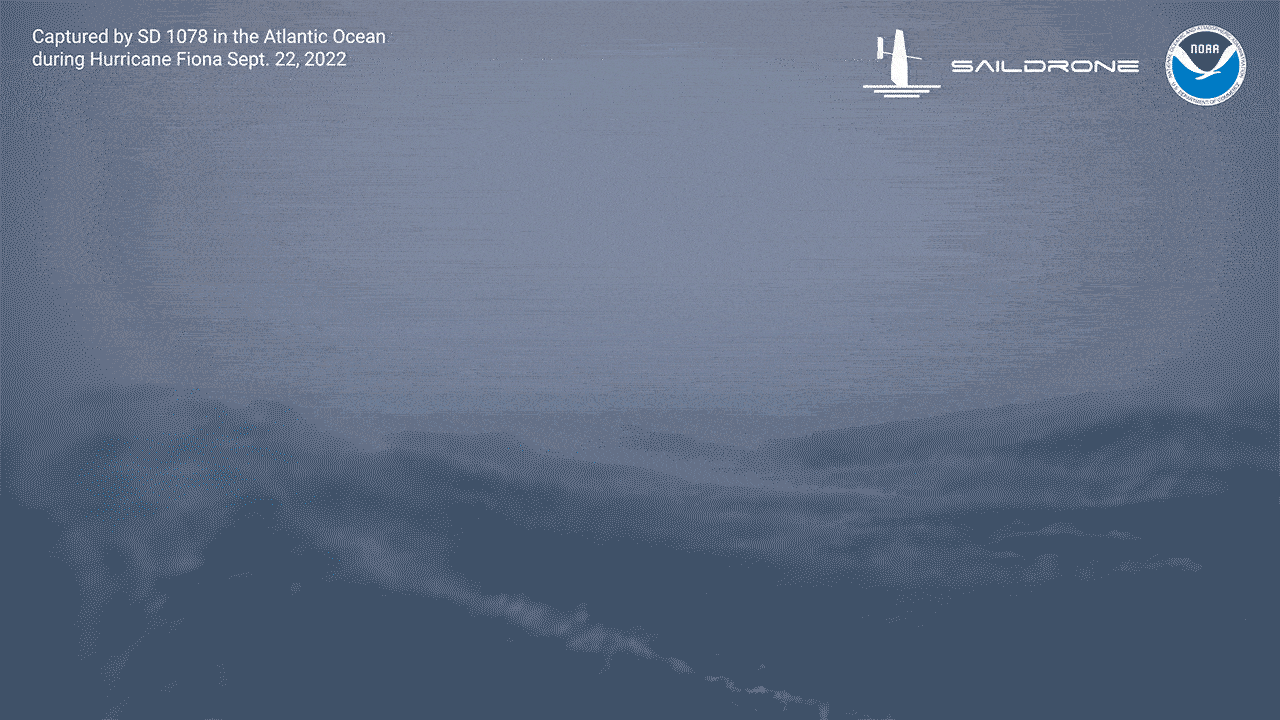[ad_1]
Hurricane Fiona is forecast to strike eastern Canada as a powerful hurricane force post-tropical storm beginning tonight, with officials in Nova Scotia telling residents they “should be preparing today and bracing for impact.”
Why it matters: After lashing Bermuda, Fiona may be one of the most intense storms ever to hit Atlantic Canada when it roars ashore Saturday. It could even set a national intensity record based on its minimum air pressure.
Threat level: The storm is likely to bring widespread damaging winds to Canada, specifically in the region between Halifax and Newfoundland.
- Power could be knocked out in some areas for extended periods of time. Pounding surf and damaging storm surge flooding will also affect the Canadian Maritimes.
- Fiona, the first major hurricane of this Atlantic hurricane season, is undergoing a transformation into a post-tropical storm, which is causing it to unspool from a tightly wound major hurricane into a sprawling, hurricane-force windstorm most comparable to 2012’s Hurricane Sandy.

What they’re saying: “Fiona is projected to be a significant and historic weather event for Nova Scotia,” John Lohr, Nova Scotia’s emergency management minister, said in an update on the storm Thursday.
- “In the past few years, Nova Scotians have done the work and prepared for several hurricanes and storms, like Hurricane Teddy in 2020. Luckily, the impacts of those storms were minor. Fiona is different,” Lohr added.
- “All questions have been removed as to whether this storm will happen. We are now certain. Fiona will impact our province, and it has the potential to be very dangerous.”
A government forecast from Friday morning said the “storm will be a severe event for Atlantic Canada and eastern Quebec.”
- “This storm will produce very heavy rainfall and severe winds,” it continued.
- “These winds could cause significant treefall and result in extended utility outages,” Environment Canada warned for eastern Nova Scotia on Friday.
- “Damage to building cladding and roofing material is likely, including structural damage in certain cases,” the warning continued. “This will result in damage to docks and breakwaters. Significant shoreline erosion and large waves are expected where winds blow onshore.”
- It issued a similar warning for southwest Newfoundland.
By the numbers: Fiona is expected to hit eastern Nova Scotia with maximum sustained winds up to around 56 miles per hour (90 km per hour) with gusts up 74 mph (120 km/h) and bring between roughly 4 inches to 6 inches (100 to 150 millimeters) of rainfall with higher local amounts possible.
- Southwest Newfoundland could experience maximum sustained winds of 60 mph (100 km/h), max gusts of around 90 mph (140 km/h) and around 3 to 4 inches (70 to 100 mm) of rainfall.
- The lowest-pressure recorded in Canada was 940 millibars in St. Anthony, Newfoundland, in the 1970s, according to CBC.
- The current projected minimum central pressure for Fiona is 934 millibars.
The big picture: Fiona hammered Puerto Rico and the Dominican Republic earlier this week, leaving millions of people on the islands without power and causing at least five deaths.
Go deeper:
[ad_2]